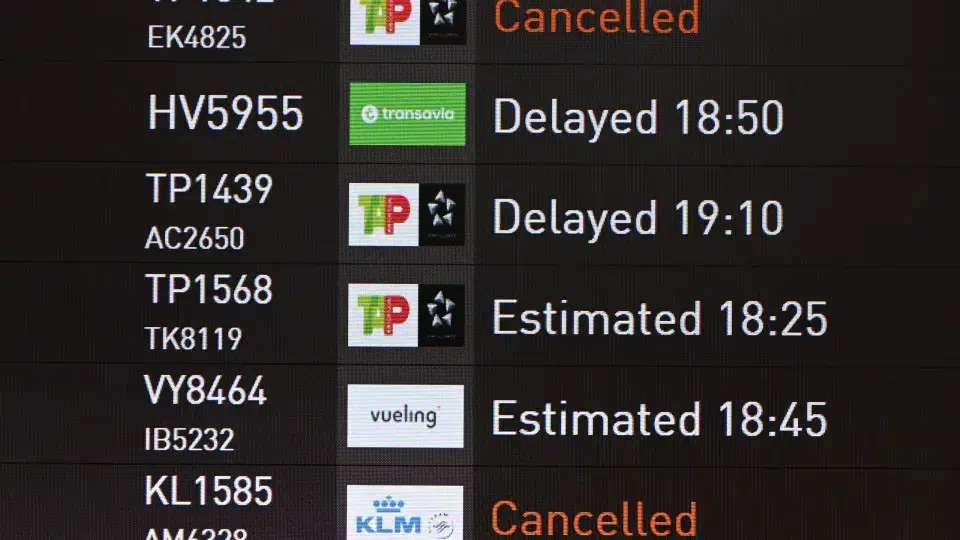
The Competition & Markets Authority (CMA) has released information on the merger between Getty Images and Shutterstock, which aims to create a significant player in the image bank industry.
The CMA found that the merger presents a “realistic prospect of a Substantial Lessening of Competition (SLC),” and the parties involved have until October 27th to propose “commitments,” also known as ‘remedies,’ to address the “competition concerns identified,” as stated in the document.
The CMA concluded that the proposed acquisition by Getty Images Holdings, Inc. of Shutterstock, Inc. results in a substantial lessening of competition in the supply of editorial content in the UK and the supply of global stock content (including the UK), both due to unilateral horizontal effects.
Getty Images agreed to acquire Shutterstock under a stock purchase agreement signed on January 6, 2025, merging with a deal valued at approximately 245 million pounds (about 282 million euros, at the current exchange rate) in cash and 319.4 million shares of Getty Images, creating a combined entity with an enterprise value exceeding 3 billion pounds (around 3.4 billion euros).
The merger is also under review by the United States Department of Justice.
Both Getty Images and Shutterstock provide digital content, including photos, illustrations, videos, and music.
The companies operate platforms that license content to clients, which typically falls into two broad categories: editorial content and stock (or creative) content.
The CMA assessed the impact of the merger on the supply of both content types, according to the agency.
Editorial content includes photos and videos of events, people, and landmarks that are newsworthy. Clients of the two companies in the UK consist of major broadcasters, news organizations, publishers, and other entities across the country’s media landscape.
UK clients demand content focused on the UK, such as content related to local and national news events and UK celebrities. “Therefore, the CMA examined the effects of the merger on editorial content at a national level,” the agency noted.
As for stock content, it is licensed for use across a wide range of industries.
“Clients of the parties in the UK include large advertising companies, publishers, and design agencies, including many small and medium-sized enterprises (SMEs) throughout the creative sector. While the CMA concluded that competition to supply stock content occurs at a global level, it also found that clients value the extent to which suppliers can offer localized content, which the CMA considered in its assessment of the merger,” the regulatory body added.




